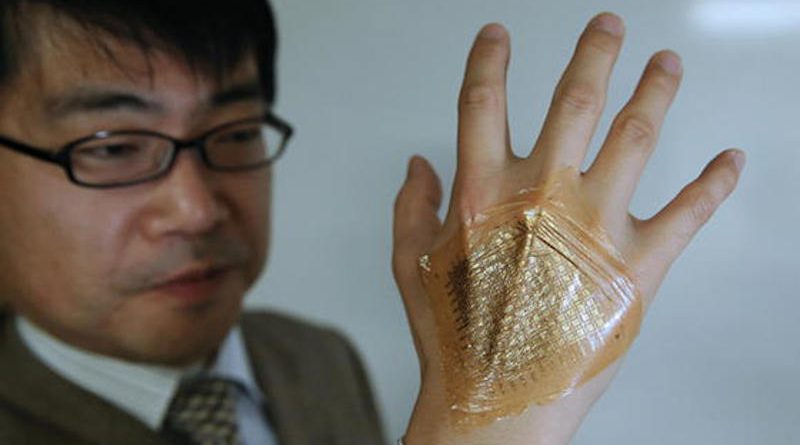Pelle elettronica fatta con sensori magnetici e circuiti organici
La definiscono come la “prima elettronica flessibile completamente integrata” composta da sensori magnetici e circuiti organici, la pelle umana artificiale creata dai ricercatori dell’Istituto Leibniz.
L’unico problema riscontrato è quello di interconnettere una numero elevato di sensori, di questa “pelle” robusta, pieghevole e attorcigliabile.
“Le nostre prime funzionalità magnetiche integrate dimostrano che i sensori magnetici flessibili a pellicola sottile possono essere integrati all’interno di circuiti organici complessi. E la natura flessibile di questi dispositivi è una caratteristica indispensabile per le applicazioni moderne e future come la robotica leggera, gli impianti e le protesi. Il passo successivo è aumentare il numero di sensori per superficie, nonché espandere la pelle elettronica per adattarsi a superfici più grandi”. Lo dichiara Oliver G. Schmidt, direttore dell’Istituto Leibniz.

